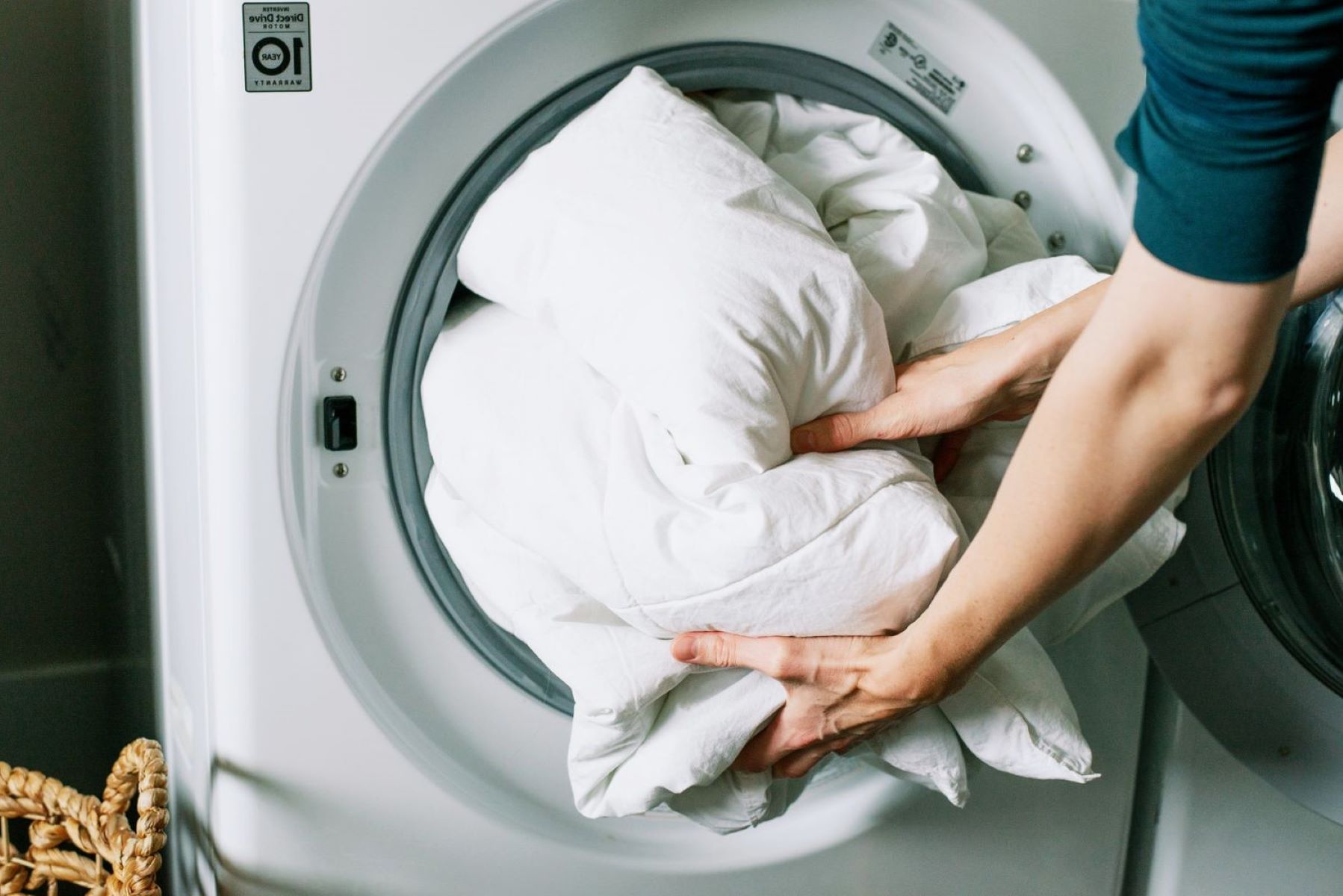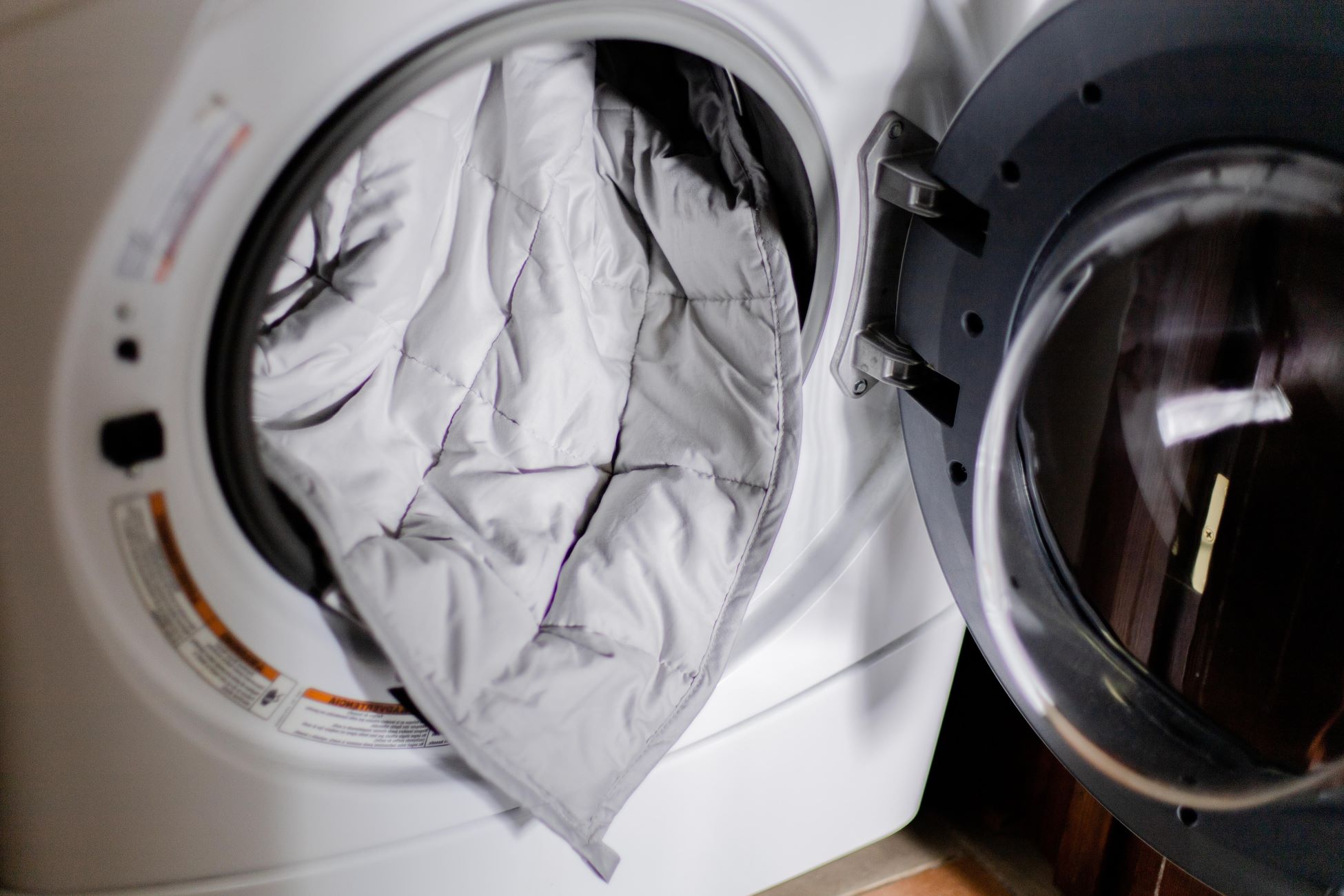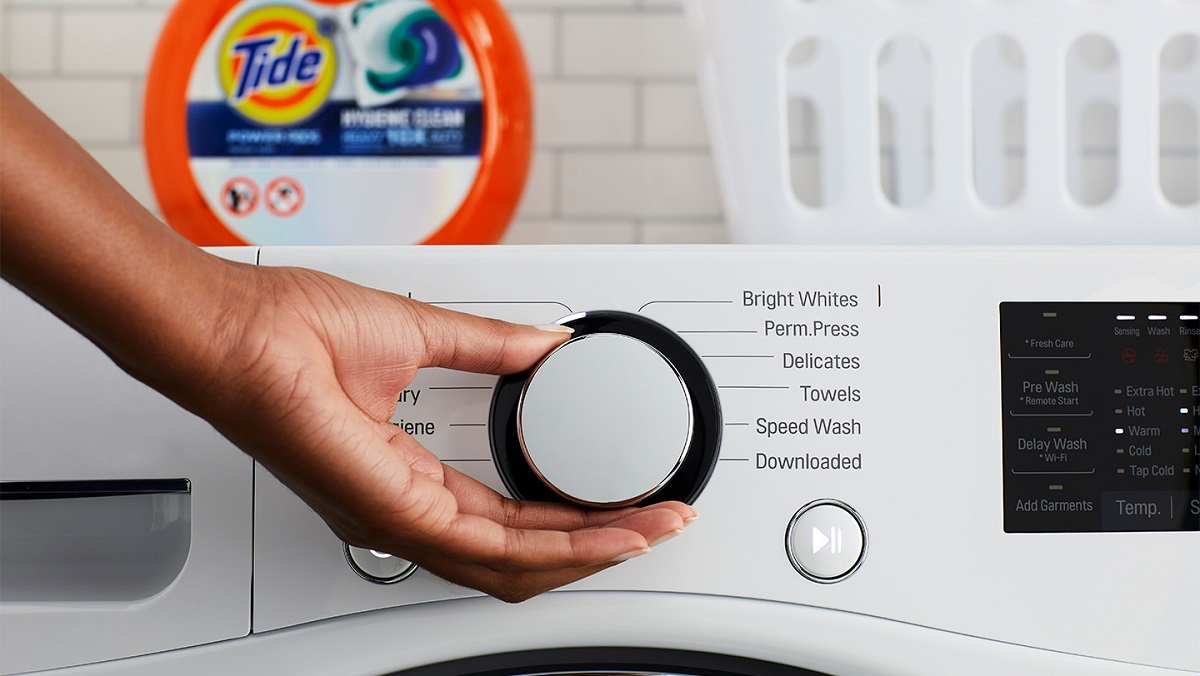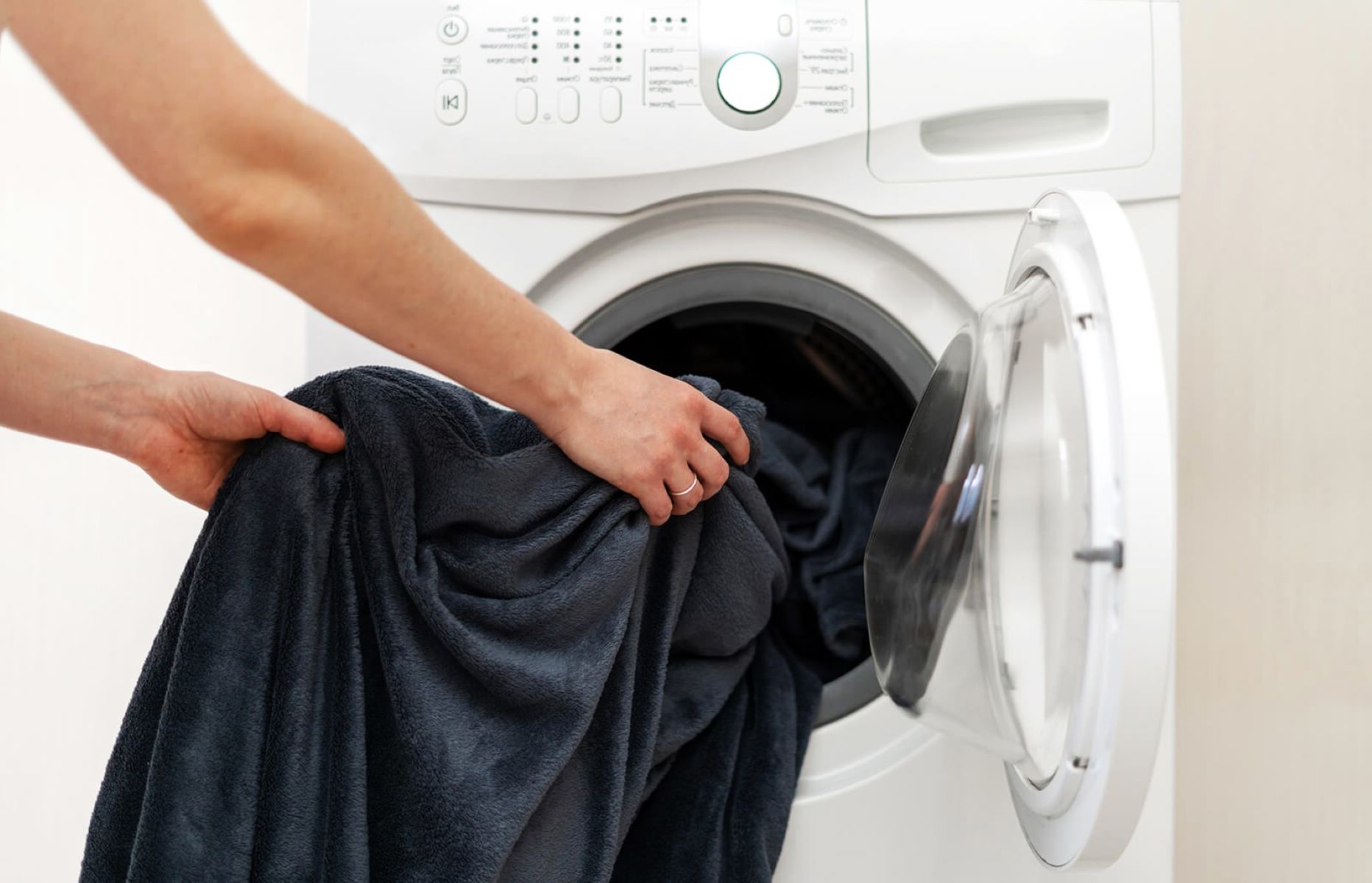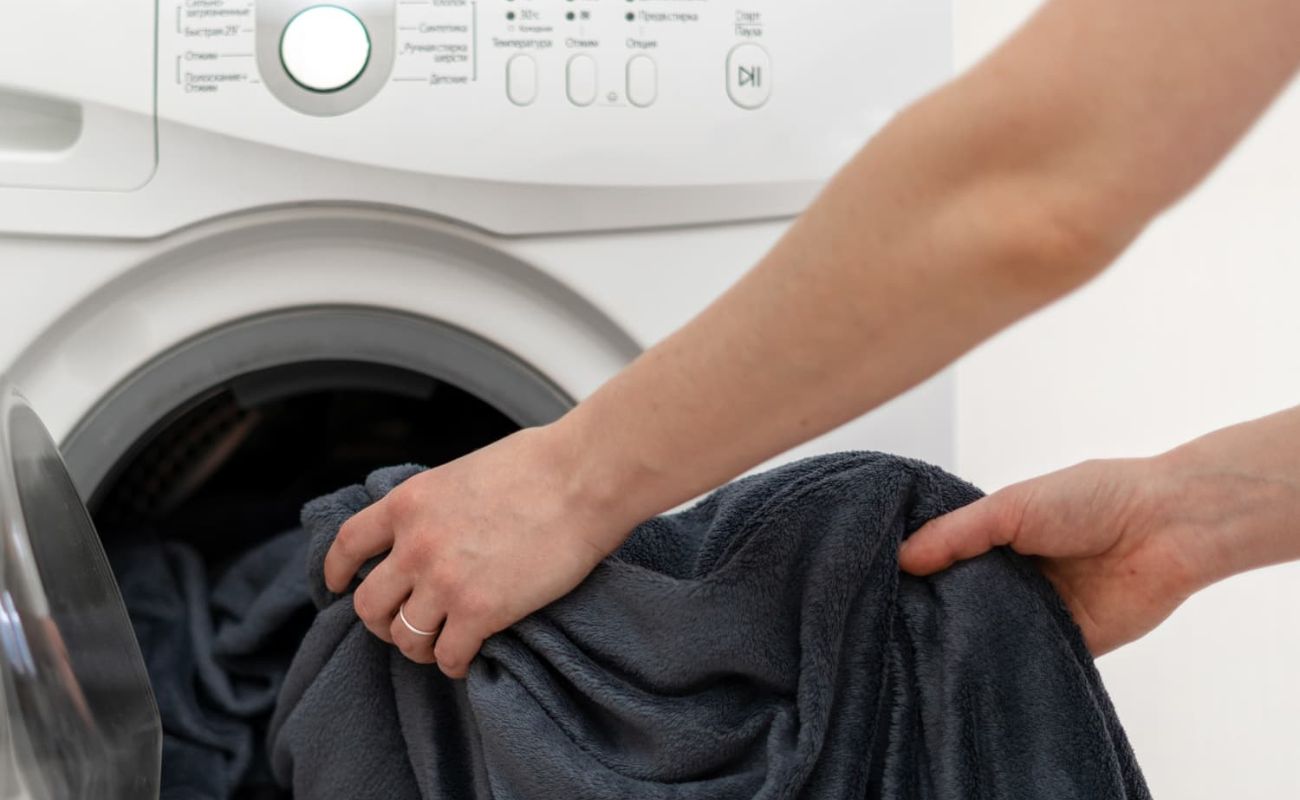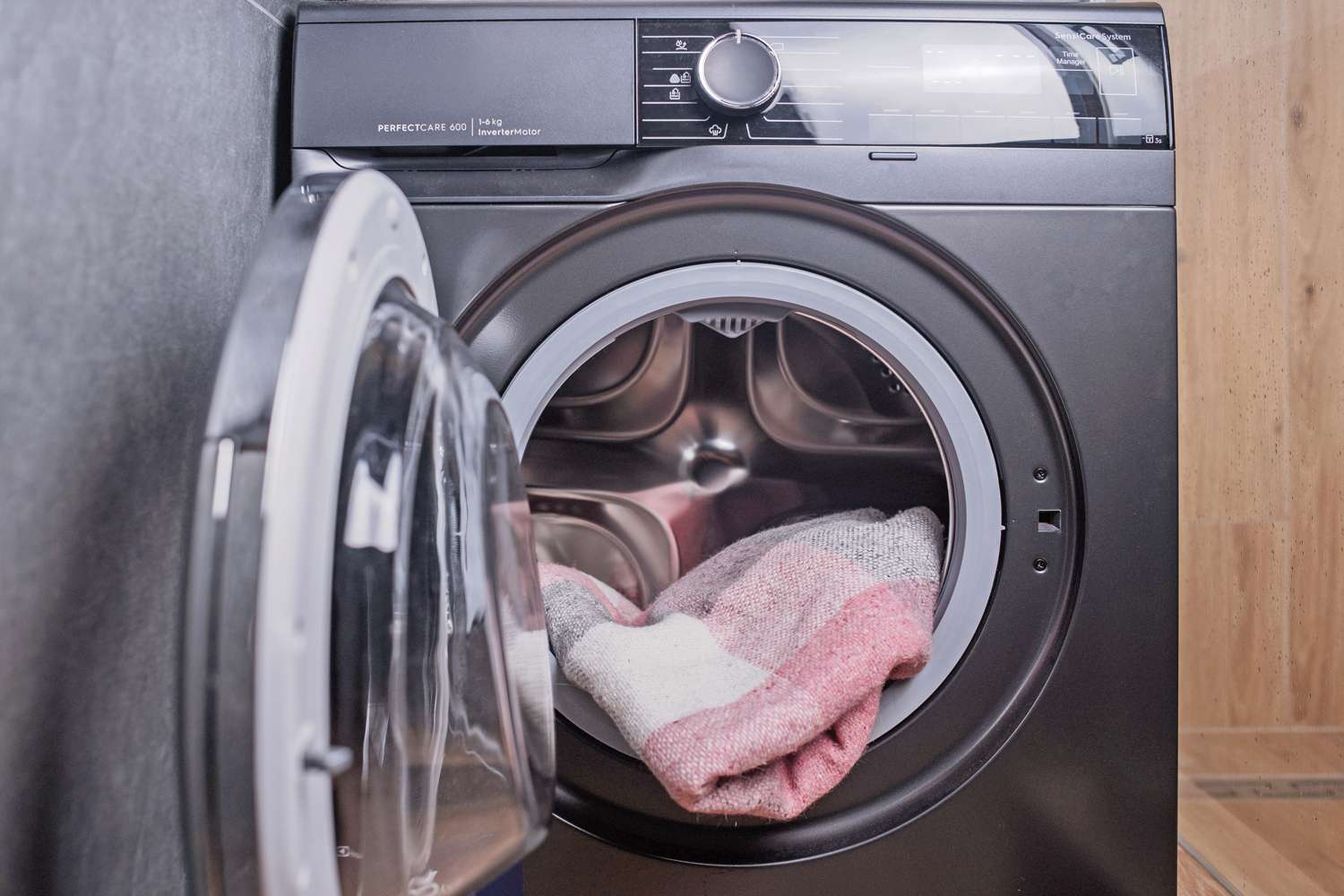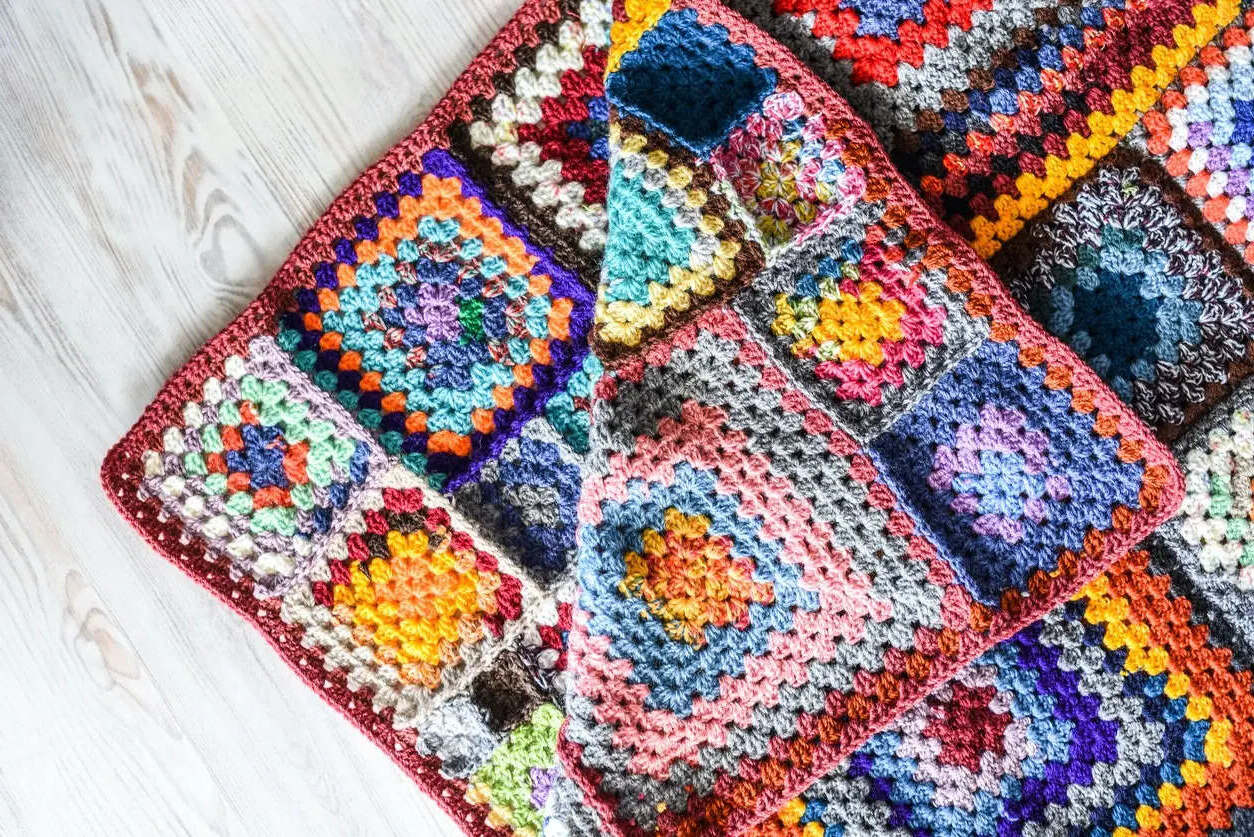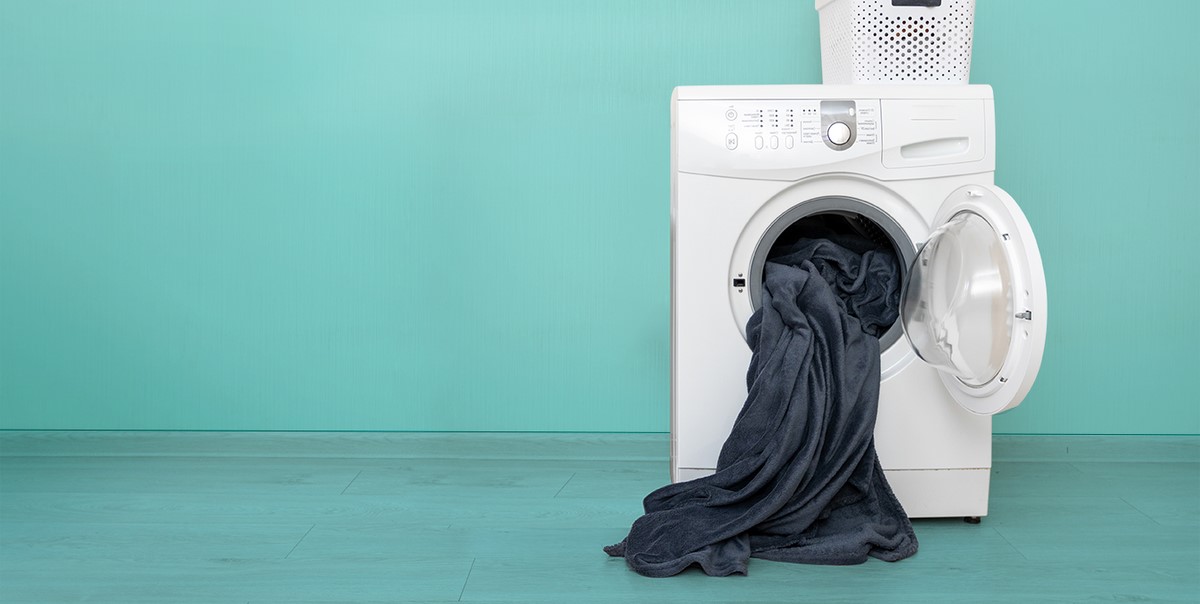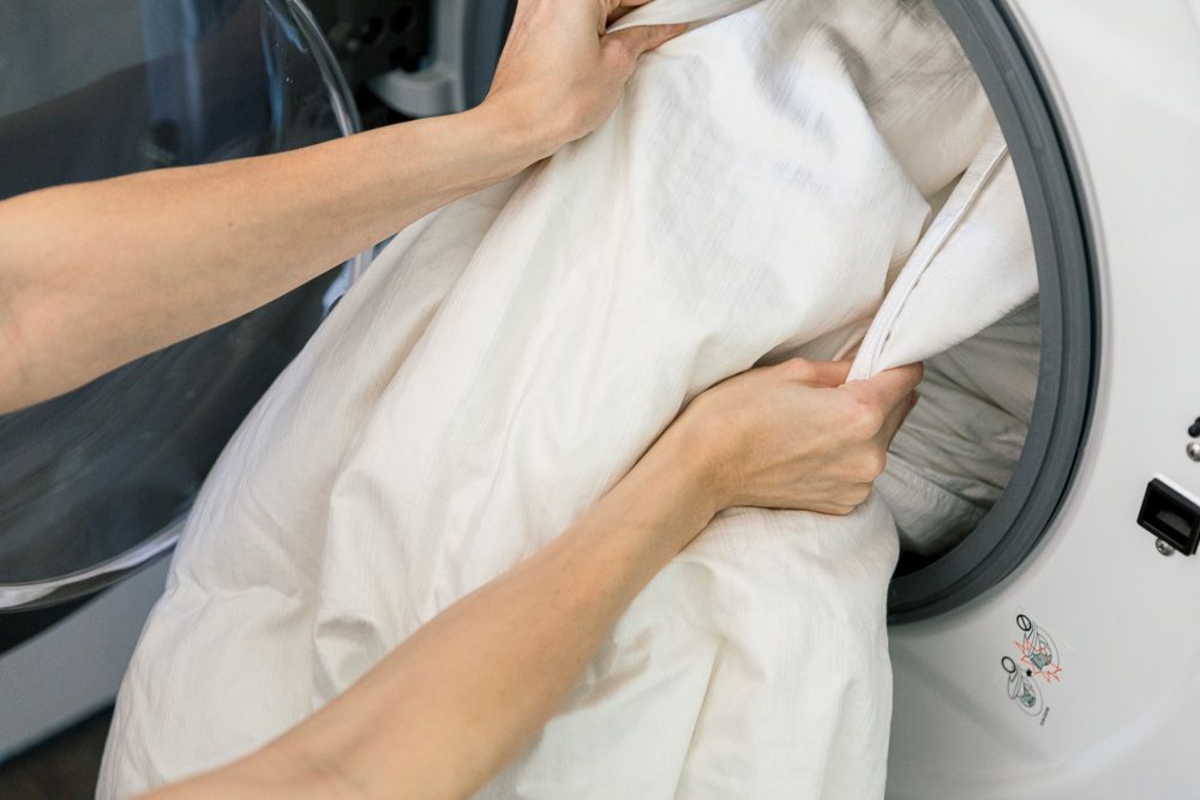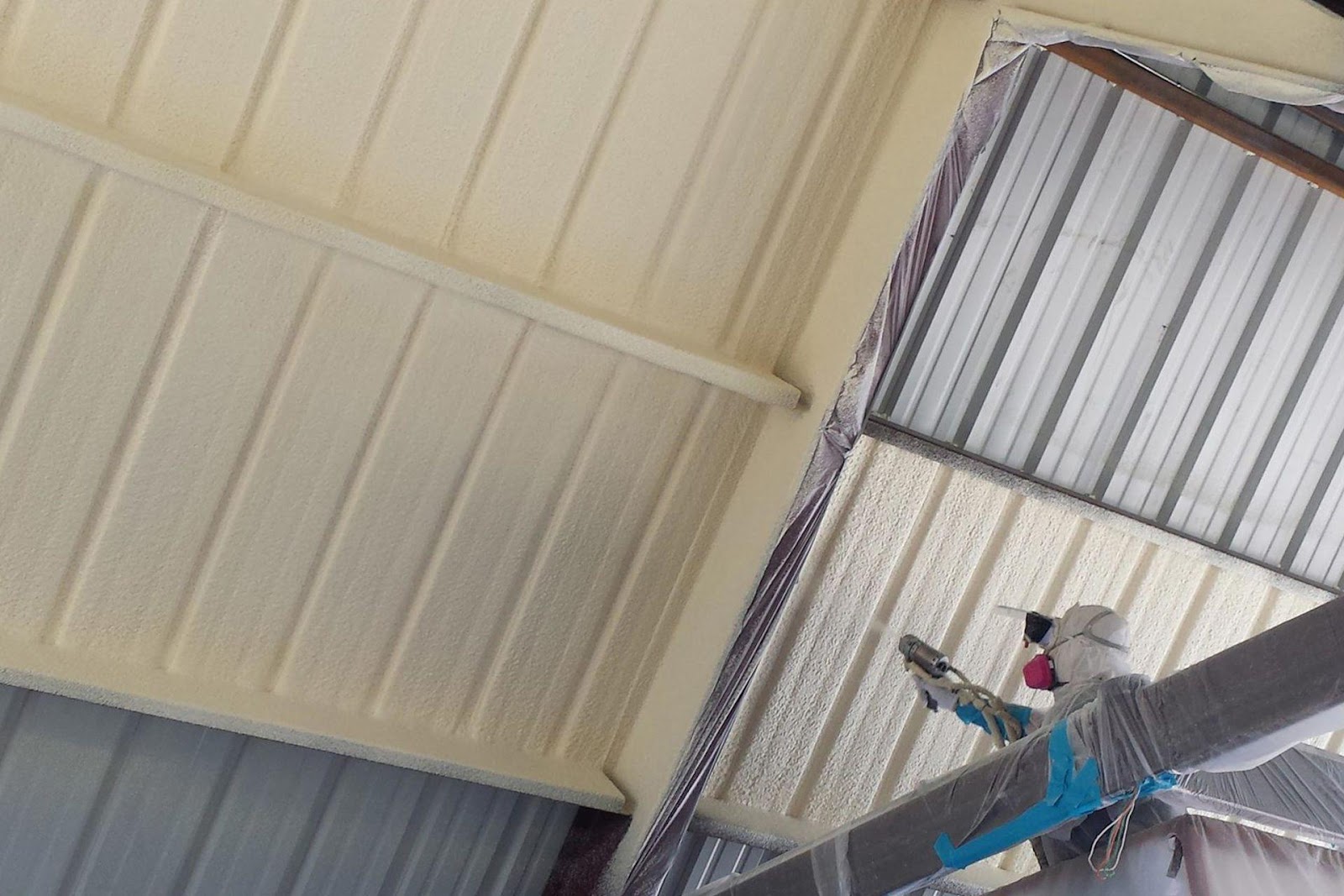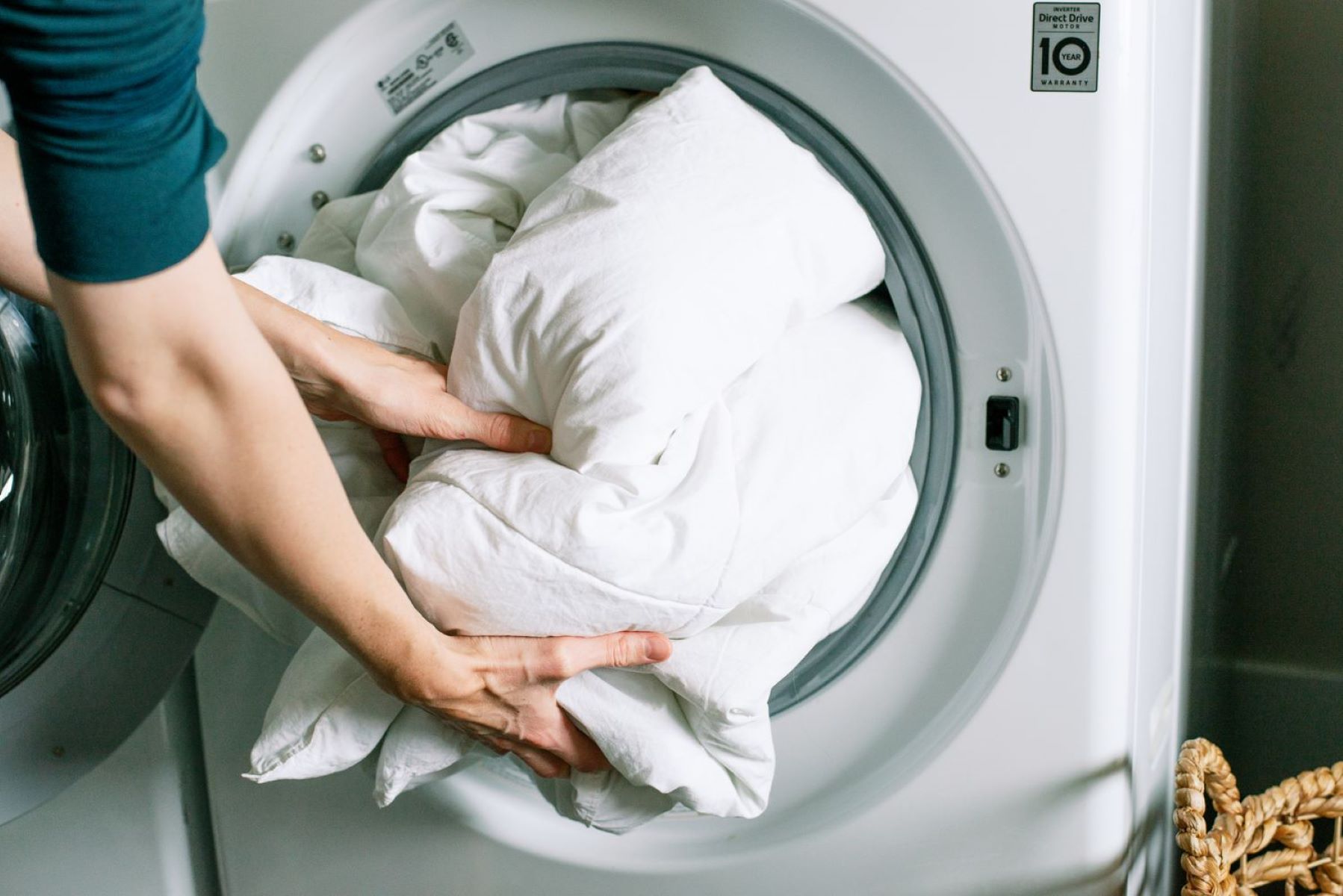

Articles
How To Wash A Down Blanket
Modified: December 7, 2023
Learn the proper way to wash a down blanket with our helpful articles. Keep your blanket clean and cozy for years to come.
(Many of the links in this article redirect to a specific reviewed product. Your purchase of these products through affiliate links helps to generate commission for Storables.com, at no extra cost. Learn more)
Introduction
Washing a down blanket may seem like a daunting task, but with the right techniques and care, you can keep your cozy blanket clean and fresh for years to come. Down blankets are known for their warmth and comfort, making them a popular choice for colder seasons or chilly nights. However, proper cleaning is essential to maintain their quality and extend their lifespan.
In this article, we will walk you through a step-by-step guide on how to wash a down blanket effectively. From checking the care label to drying and fluffing, we will cover all the necessary steps to ensure your blanket retains its softness and insulation while removing any dirt or stains.
Before beginning the washing process, it’s important to remember that each down blanket may have specific care instructions. Always check the care label or manufacturer’s guidelines for any special cleaning instructions or recommendations. Now, let’s dive into the steps to wash your down blanket!
Key Takeaways:
- Keep your down blanket clean and cozy by following the care label instructions, pre-treating stains, and washing on a gentle cycle. Proper drying and fluffing techniques maintain its quality and comfort for years to come.
- Check the care label, use a mild detergent, and wash on a gentle cycle to preserve the loftiness and insulation of your down blanket. Thorough rinsing and proper drying ensure a fresh and cozy blanket.
Read more: What Is A Down Alternative Blanket
Step 1: Check the Care Label
The first and most crucial step in washing a down blanket is to carefully read and follow the instructions on the care label. The care label provides specific guidance on how to clean and maintain your blanket, taking into account the material and construction. Following these instructions will help prevent any damage to the blanket and ensure optimal cleaning results.
When examining the care label, look for information related to washing, drying, and any other necessary precautions. Some down blankets may require dry cleaning or spot cleaning instead of machine washing. The care label may also indicate the water temperature and detergent type to use. Adhering to these instructions will help protect the integrity of the down fill and outer fabric.
If the care label is missing or unclear, it is best to err on the side of caution and opt for gentle methods. In general, it is recommended to use a delicate or gentle cycle with a mild detergent when washing a down blanket. This will help preserve the loftiness and structure of the down clusters while removing any dirt or odors.
By checking the care label, you can ensure that you are using the appropriate cleaning method and avoid any potential damage or shrinkage. Following the care instructions provided will make the rest of the washing process much easier and help maintain your down blanket’s quality.
Step 2: Prep the Blanket
Before placing your down blanket in the washing machine, it’s important to prepare it properly. This step will help prevent any potential damage to the blanket during the washing process and ensure the best cleaning results.
Start by removing any loose dirt or debris from the blanket by gently shaking it or using a soft brush or lint roller. Pay extra attention to areas that may have accumulated more dirt, such as the corners or edges. This step will help prevent any dirt from spreading and potentially damaging the blanket during washing.
If your down blanket has any visible stains, it’s a good idea to pre-treat them before washing. Spot cleaning the stains with a mild detergent or stain remover can help break down the stain and make it easier to remove during the washing cycle. Be sure to follow the instructions on the stain remover and test it on a small, inconspicuous area of the blanket first to ensure it doesn’t cause any discoloration or damage.
Once you’ve prepped the blanket by removing dirt and treating stains, it’s a good idea to check for any loose threads or open seams. If you notice any areas that need repair, sew them securely before washing. This will prevent further damage and ensure the longevity of your down blanket.
In addition, it’s important to remove any detachable covers or decorative elements from the blanket before washing. These items may have different care requirements and could potentially get damaged in the washing machine. Check the care label or manufacturer’s instructions for these detachable parts and clean them separately if necessary.
By properly prepping your down blanket, you can minimize the risk of damage and ensure a thorough and effective cleaning process. Taking the time to shake off dirt, treat stains, repair any loose threads, and remove detachable parts will help maintain the quality and longevity of your down blanket while keeping it clean and fresh.
Step 3: Pre-Treat Stains
If your down blanket has any visible stains, it’s crucial to pre-treat them before proceeding with the washing process. Pre-treating stains can help break down the stain and make it easier to remove during the washing cycle. Here’s how you can effectively pre-treat stains on your down blanket:
1. Identify the Stains: Take a close look at your down blanket and identify any visible stains. Common types of stains on blankets include food stains, beverage spills, dirt marks, or body oils.
2. Choose the Right Stain Remover: Depending on the type of stain, select an appropriate stain remover. For food or beverage stains, enzyme-based stain removers are effective. For oil-based stains, a solvent-based stain remover or dish soap can work well.
3. Test in a Small Area: Before applying the stain remover directly to the stain, test it in a small, inconspicuous area of the blanket. This step is essential to ensure that the stain remover doesn’t cause any discoloration or damage to the fabric.
4. Apply the Stain Remover: Gently apply the stain remover to the stained area of the blanket. Use a clean cloth or sponge to dab the stain remover onto the stain and work it into the fabric. Avoid rubbing or scrubbing vigorously, as this can push the stain further into the fabric or cause damage.
5. Let it Sit: Allow the stain remover to sit on the stain for the recommended amount of time, as specified by the product instructions. This will give the stain remover enough time to break down the stain and make it easier to remove.
6. Blot the Stain: After the recommended time has passed, use a clean cloth or sponge to blot the stain gently. Start from the outer edges and work your way toward the center. This method helps prevent the stain from spreading further.
7. Rinse the Area: Rinse the pre-treated area of the blanket with cold water to remove any residue from the stain remover. Ensure that the water is flowing gently to avoid excessive agitation.
By pre-treating stains on your down blanket, you increase the chances of completely removing them during the washing process. This step allows the stain remover to work effectively, breaking down the stain and making it easier for the detergent to lift it away during washing. Pre-treating stains can help restore the cleanliness and freshness of your down blanket, ensuring it remains cozy and spotless.
Step 4: Choose the Right Washing Machine Setting
Choosing the correct washing machine setting is crucial to ensure that your down blanket is cleaned thoroughly without causing any damage. Here are the key factors to consider when selecting the proper setting:
1. Delicate or Gentle Cycle: Most washing machines offer a delicate or gentle cycle option, which is ideal for washing delicate items such as down blankets. This setting ensures a slower agitation speed and reduced spin cycle, minimizing the risk of damaging the delicate down clusters and the outer fabric.
2. Cold or Warm Water: Cold or lukewarm water is generally recommended for washing down blankets. Hot water can damage the down’s loft and cause shrinkage. However, always refer to the care label or manufacturer’s instructions for specific temperature recommendations.
3. Low Agitation: Opt for a low or medium agitation setting on your washing machine. Excessive agitation can cause the down clusters to clump together or break, resulting in an uneven fill. It’s important to strike a balance between thorough cleaning and gentle handling of the down blanket.
4. Extended Rinse Cycle: Ensure the washing machine has an extended rinse cycle or an extra rinse option. This step is crucial to remove any traces of detergent from the down blanket. Any leftover detergent residue can affect the loftiness and insulation of the down fill.
5. Avoid Bleach or Fabric Softener: Never use bleach or fabric softener when washing down blankets. Bleach can damage the outer fabric and impact the overall quality of the down fill. Fabric softeners can leave behind a residue that hampers the down’s ability to retain warmth and loft.
When in doubt, always refer to the care label for specific instructions on the appropriate washing machine settings for your down blanket. The care label will provide valuable information and recommendations to help you choose the right settings for a successful wash.
By selecting the right washing machine setting, you can effectively clean your down blanket while preserving its softness, loft, and overall quality. Proper handling during the washing process will ensure that your blanket remains cozy and comfortable for years to come.
Read also: 12 Superior Down Blanket for 2024
Step 5: Use a Mild Detergent
Choosing the right detergent is crucial when washing a down blanket. Using a mild detergent specifically designed for delicate fabrics or down products will help maintain the integrity of the blanket while effectively removing dirt and odors. Here’s what you need to consider when selecting a detergent:
1. Look for a Gentle Formula: Opt for a detergent that is labeled as gentle or mild. Harsh detergents can strip the natural oils from the down clusters, compromising their loftiness and insulation properties. A gentle formula will effectively clean the blanket without causing damage.
2. Avoid Fragrances or Additives: Fragrances and additives found in some detergents can leave a residue on the down blanket, affecting its ability to retain warmth and breathability. Choose a detergent that is free from dyes, fragrances, and harsh chemicals to maintain the cleanliness and quality of the blanket.
3. Check for Special Down Detergents: Some brands offer detergents specifically formulated for down products. These detergents are designed to deep clean and revitalize the down fill while protecting the outer fabric. Consider using a down-specific detergent for the best results.
4. Follow the Manufacturer’s Instructions: Always refer to the manufacturer’s instructions on the detergent packaging for proper usage. They may provide valuable tips on the amount of detergent to use and any specific instructions for washing down blankets.
5. Measure Appropriately: Using too much detergent can leave residue on the down blanket, while too little may not effectively clean the surface. Measure the detergent as per the recommended amount on the detergent packaging or per the manufacturer’s instructions.
Remember, less is more when it comes to using detergent on a down blanket. Excessive amounts of detergent can lead to difficulty rinsing out the soap, affecting the loftiness and cleanliness of the down fill. Following these guidelines will ensure that your down blanket is cleaned effectively and remains in optimal condition.
When washing a down blanket, use a gentle detergent and a large, front-loading washing machine. Add a couple of tennis balls to help fluff the down while it dries. Always follow the care instructions on the blanket.
Step 6: Wash on a Gentle Cycle
Once you’ve carefully prepared your down blanket and selected the appropriate washing machine setting, it’s time to start the washing process. Washing on a gentle cycle is essential to ensure that the blanket is cleaned thoroughly without causing any damage. Here are the key steps to follow when washing your down blanket on a gentle cycle:
1. Load the Washing Machine: Place the down blanket in the washing machine, ensuring that it has ample space to move and agitate. Overloading the washing machine can lead to inadequate cleaning and potential damage to the blanket.
2. Select a Gentle Cycle: Choose the delicate or gentle cycle option on your washing machine. This cycle is designed to minimize agitation and reduce the risk of damaging the delicate down clusters and the outer fabric of the blanket.
3. Use Cold or Lukewarm Water: Set the water temperature to cold or lukewarm, as hot water can damage the down fill and cause shrinking. Cold water is generally preferred for washing down blankets, but always refer to the care label or manufacturer’s instructions for specific temperature recommendations.
4. Add Mild Detergent: Measure the appropriate amount of mild detergent for the size of your down blanket, following the instructions on the detergent packaging. Add the detergent to the designated detergent compartment or pour it directly into the washing machine drum.
5. Start the Washing Machine: Begin the wash cycle, allowing the gentle agitation to thoroughly clean the down blanket. If your washing machine has additional options, such as an extra rinse or extended wash time, consider utilizing them to ensure proper cleaning and detergent removal.
6. Avoid Aggressive Spinning: To minimize the risk of damaging the down clusters, opt for a low spin speed or select a setting that reduces the spin cycle. Gentle spinning helps retain the loftiness of the down fill and prevents excess water from staying trapped in the blanket.
7. Stay Nearby: While your down blanket is being washed, it’s advisable to stay nearby and monitor the cycle. This way, you can address any potential issues, such as an unbalanced load or excessive noise, and ensure the optimal cleaning of your blanket.
By washing your down blanket on a gentle cycle, you can effectively clean it while minimizing the risk of damage. The gentle agitation, combined with the right water temperature and detergent, ensures a thorough clean without compromising the quality and insulation of the down fill. Following these steps will help your down blanket come out fresh, clean, and ready to keep you warm and cozy.
Step 7: Rinse Thoroughly
After the washing cycle is complete, it is crucial to rinse your down blanket thoroughly to remove any residual detergent and ensure the cleanliness of the blanket. Here are the key steps to follow for a thorough rinse:
1. Select an Extra Rinse Option: If your washing machine offers an extra rinse option, choose it to ensure a more thorough rinse cycle. This additional rinse helps to remove any remaining detergent from the down blanket.
2. Use Cold Water: Set the water temperature to cold during the rinse cycle. Cold water helps to retain the loft and fluffiness of the down fill, preventing any damage or shrinkage.
3. Allow Sufficient Rinse Time: Ensure that the rinse cycle has sufficient time to complete. This ensures that the down blanket is adequately rinsed and any detergent residues are completely eliminated.
4. Check for Soap Bubbles: As the rinse cycle progresses, check for the presence of soap bubbles in the water. If you notice any, continue rinsing the blanket until the water runs clear, indicating that all detergent has been removed.
5. Consider Additional Rinses if Necessary: If you still notice soap bubbles, or if you used a larger amount of detergent, you may need to run additional rinse cycles until the water is clear and free of any detergent remnants.
6. Avoid Aggressive Spinning: Similar to the washing cycle, opt for a low spin speed or select a setting that reduces the spin cycle during the rinse cycle. This helps to protect the delicate down clusters and prevent excessive water retention in the blanket.
7. Gentle Squeezing if Required: After the rinse cycle is complete, gently squeeze or press the blanket to remove excess water. Avoid wringing or twisting the blanket, as this can damage the delicate down fill or cause the filling to become uneven.
By rinsing your down blanket thoroughly, you ensure that all traces of detergent are removed, leaving your blanket clean and fresh. Proper rinsing helps maintain the loftiness and insulation properties of the down fill, ensuring a cozy and comfortable blanket for your enjoyment.
Step 8: Dry Properly
Properly drying your down blanket is crucial to ensure its full loftiness and prevent any potential damage. Here are the key steps to follow for drying your down blanket:
1. Read the Care Label: Before drying, check the care label or manufacturer’s instructions for specific drying recommendations. Some down blankets may require air drying or low heat settings, while others may be suitable for machine drying.
2. Air Drying Method: If air drying is recommended, lay the down blanket flat on a clean and dry surface, such as a drying rack or a clean bedsheet. Ensure that the blanket is evenly spread out to allow for adequate airflow.
3. Machine Drying Method: If machine drying is preferred, select a low heat setting to prevent overheating and potential damage to the down fill. Add dryer balls or clean tennis balls to the dryer to help fluff the down clusters and restore the blanket’s loftiness.
4. Check Dryness Regularly: Regardless of the drying method, regularly check the blanket’s dryness. Gently squeeze a small section of the blanket to assess its moisture level. If it still feels damp, continue the drying process until the blanket is completely dry.
5. Avoid High Heat: Avoid using high heat or excessive drying time, as it can cause the down clusters to clump together or the fabric to shrink and lose its softness and shape. It’s better to take the extra time to dry the blanket on a low heat setting to preserve its quality.
6. Patience is Key: Drying a down blanket may take longer than other fabrics due to the denseness of the down clusters. Be patient and allow sufficient time for the blanket to dry completely, ensuring that it retains its fluffiness and comfort.
7. Final Touch-Up: Once the down blanket is fully dry, gently fluff it by hand to redistribute the down clusters evenly. This step helps restore the blanket’s loft and ensure it is ready for use.
Remember, every down blanket may have specific drying instructions, so it’s important to follow the care label or manufacturer’s guidelines. By drying your down blanket properly, you can maintain its quality and preserve its warmth, ensuring that it remains a cozy and comfortable companion for many seasons to come.
Step 9: Fluff and Shake
After your down blanket is fully dry, the final step is to fluff and shake it to restore its loftiness and ensure even distribution of the down clusters. This step helps to maintain the blanket’s insulation and overall comfort. Here’s how you can fluff and shake your down blanket:
1. Find a Clear Space: Start by finding a spacious area where you can comfortably handle the blanket. This can be an open floor space or an outdoor area with enough room to move around without any obstacles.
2. Hold the Edges: Take hold of two opposite edges of the blanket and lift it up, allowing it to hang down, similar to how you would shake out a rug. Make sure you have a firm grip to prevent the blanket from slipping or coming undone.
3. Shake Vigorously: With a quick and vigorous motion, shake the blanket up and down. This action helps to fluff up the down clusters and eliminates any remaining trapped air, ensuring maximum loftiness and providing the blanket with its desired volume.
4. Shake in Different Directions: Shake the blanket from side to side, as well as up and down. This will help evenly distribute the down clusters throughout the blanket, avoiding any potential clumping or unevenness in the fill.
5. Fluff by Hand: After you have given the blanket a good shake, use your hands to gently fluff and smooth out any wrinkles or folds. Run your fingers through the fabric, ensuring the down fill is evenly dispersed and the blanket feels soft and fluffy.
6. Repeat if Necessary: Depending on the size and thickness of the down blanket, you may need to repeat the fluffing and shaking process a few times to achieve the desired loft and fullness. Pay attention to any areas that still appear flattened and focus on shaking and fluffing those sections.
7. Store Properly: Once you have fluffed and shaken your down blanket, it is important to store it properly to maintain its quality. Fold the blanket neatly and store it in a breathable fabric storage bag or a pillowcase to protect it from dust and dirt.
Fluffing and shaking your down blanket helps to optimize its insulating capabilities and maintain its softness and loft. By following these steps, you can ensure your down blanket remains comfortable, cozy, and in its best condition for a long time.
Conclusion
Washing a down blanket doesn’t have to be a daunting task. By following the step-by-step guide outlined in this article, you can effectively clean your down blanket while preserving its quality, loftiness, and comfort.
Starting with checking the care label and properly prepping the blanket, you ensure that the washing process is tailored to the specific requirements of your down blanket. Pre-treating stains, choosing the right washing machine setting, and using a mild detergent are essential steps in achieving a thorough and gentle cleaning.
Washing on a gentle cycle and ensuring a thorough rinse are crucial to prevent any damage to the delicate down clusters and to remove any detergent residue. Proper drying techniques, whether air drying or using a low heat setting, help maintain the loft and fluffiness of the down fill.
Lastly, fluffing and shaking the down blanket after it is fully dry helps to restore its loftiness, even distribution of the down clusters, and overall comfort.
Remember to always refer to the care label or manufacturer’s instructions for specific guidelines tailored to your down blanket. Each blanket may have its own unique requirements and care instructions.
By following these steps and caring for your down blanket properly, you can enjoy its warmth, comfort, and coziness for years to come. Proper maintenance and cleaning will help preserve its quality and ensure that you can snuggle up with your down blanket, feeling refreshed and relaxed.
Frequently Asked Questions about How To Wash A Down Blanket
Was this page helpful?
At Storables.com, we guarantee accurate and reliable information. Our content, validated by Expert Board Contributors, is crafted following stringent Editorial Policies. We're committed to providing you with well-researched, expert-backed insights for all your informational needs.
